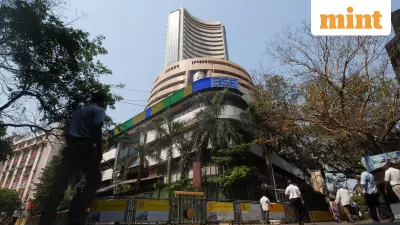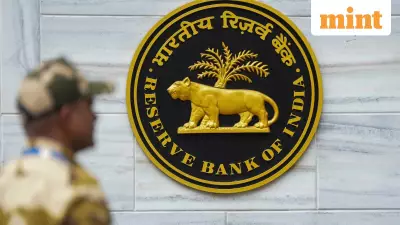
India has introduced a significant change to how share buybacks are taxed, shifting the financial burden directly onto investors. This move, effective from October 2024 under the Finance (No. 2) Act, 2024, represents a fundamental departure from the previous system and aims to create symmetry between dividends and buybacks.
A Fundamental Shift in Tax Treatment
Under the old regime, companies paid a buyback tax at the source, set at 23%, and shareholders received their proceeds completely tax-free. This made buybacks an attractive method for companies to return surplus cash to their investors. The new rule, however, treats the entire buyback payout as a deemed dividend in the hands of the shareholder.
This means the entire amount received from a buyback—not just the profit over the original purchase cost—is now taxed at the investor's marginal income-tax rate. For individuals in the highest tax bracket, this could push the effective tax rate on these proceeds to over 30-35%, a substantial increase from the previous company-level levy.
Unintended Consequences and Investor Impact
Financial experts are raising concerns about several potential negative outcomes of this new taxation policy. A major issue is that investors could be taxed on money they never actually earned as profit. This is particularly harsh for long-term holders or those with concentrated stock positions who may see a large portion of their capital returned taxed as income.
Furthermore, any capital loss resulting from this calculation can only be used to offset future capital gains, not current income, creating an immediate tax liability without a corresponding cash benefit. This complexity and increased tax burden are predicted to deter companies from undertaking buybacks, reducing a key tool for capital management and potentially slowing market liquidity.
Global Perspectives on Buyback Taxation
Looking at how other major economies handle this issue highlights India's stringent approach.
- United States: The 2022 Inflation Reduction Act introduced a modest 1% excise tax on net buybacks at the company level. This approach has not significantly dampened buyback activity.
- United Kingdom: While most buybacks are taxed as income for individuals, a 0.5% stamp duty is also levied. The system often leads companies to prefer dividends.
- Singapore: Exemplifying tax simplicity, buybacks are generally treated as capital transactions and are tax-free for both companies and shareholders, promoting market flexibility.
Compared to these models, India's shareholder-level taxation without cost adjustment is viewed as unusually harsh and could undermine the efficiency of buybacks as a capital management tool.
How Companies and Global Investors Might React
The new tax regime is likely to trigger a shift in corporate behavior. Given that buybacks now attract the same tax as dividends but involve more procedural complexity, companies may increasingly opt for regular dividend payments for their simplicity.
Some firms might also choose to reduce overall cash distributions, retaining earnings for other purposes like debt repayment, which could slow down capital recycling in the economy. The change also creates a significant challenge for foreign investors. Many rely on tax treaties that offer preferential treatment for capital gains or cap withholding rates on dividends. By reclassifying buybacks as dividends, India risks creating double taxation issues, as other countries may not recognize this reclassification, potentially eroding returns and dampening global appetite for Indian equities.
While the government's intent to close the arbitrage between dividends and buybacks is understandable, the execution may create a less predictable and equitable environment. To restore balance, policymakers could consider measures such as capping the buyback tax, allowing shareholders to deduct their acquisition cost, or providing grandfathering for deals announced before the October 2024 deadline. A careful re-examination of this policy, informed by global experience, is crucial for India to maintain its appeal as a vibrant destination for both domestic and international capital.





